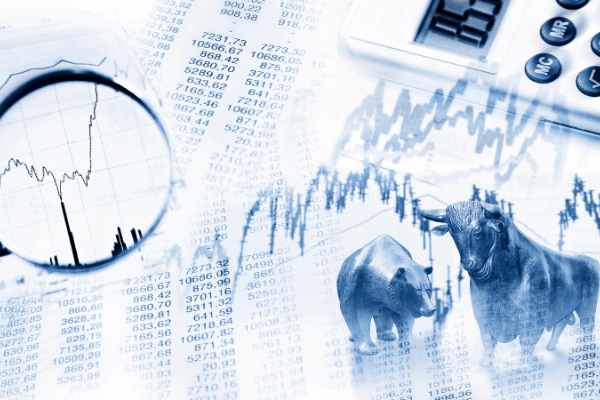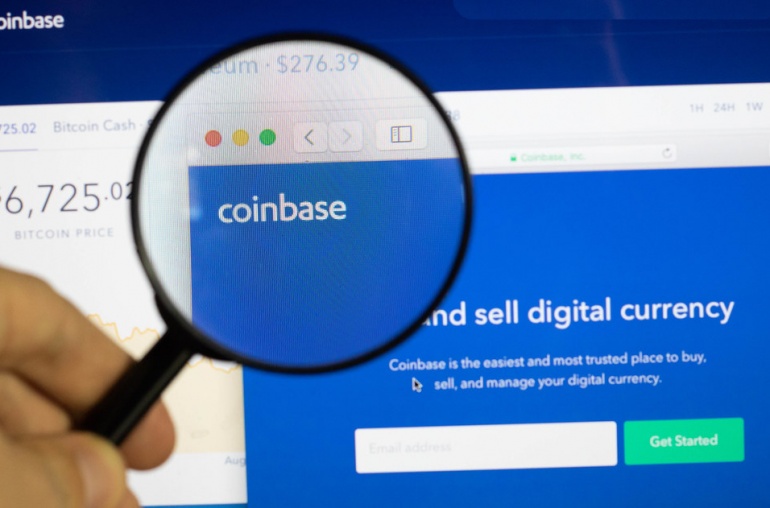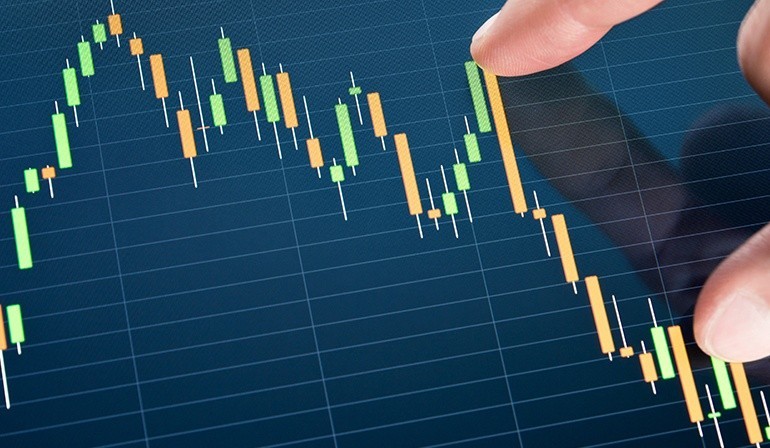
- While most investors still expect the Fed to raise rates by at least 0.25% in March, the pace of rate hikes thereafter is projected to moderate.
- And this could provide an unexpected boost for risk assets in the coming weeks and months, especially given that yields look to be compressed for longer.
Perhaps it was somewhat prescient that U.S. Federal Reserve Chairman Jerome Powell plotted a more nimble policy path for the central bank, given how uncertain the world is today.
Fresh off the pandemic, a tight labor market and robust economic growth and with the fastest pace of price increases in four decades, central bank policymakers had, prior to the Russian invasion of Ukraine, been on course for a dramatic normalization of monetary policy.
These plans however, even with the best intentions, may need to be delayed given soaring energy costs (oil has now shot past US$100) that threaten to derail the economic recovery, with aggressive policy tightening now likely to push economies into recession.
At least that is the position that more investors appear to be taking as government bonds surged yesterday, on increasing bets that the economic fallout from Russia’s Ukraine invasion will push central banks to raise rates and tighten more slowly than previously anticipated.
Germany’s benchmark 10-year bund yield sank below zero again, for the first time in a month as markets reacted to a string of comments from senior European Central Bank policymakers arguing against any dramatic policy shifts until the dust settles on how the Ukraine crisis and Russia’s economic isolation affect the eurozone economy.
Across the Atlantic, the benchmark U.S. 10-year Treasury yield fell to 1.72%, the lowest since late January.
While most investors still expect the Fed to raise rates by at least 0.25% in March, the pace of rate hikes thereafter is projected to moderate.
Rising energy costs thanks to the Russian invasion are giving central banks pause in their hawkish pivot, hiking rates too aggressively at this point may do little to reign in inflation while slowing economic growth further, paving the way towards stagflation (low growth and high inflation).
Economic growth will almost inevitably slow and the need for central banks such as the Fed, to provide liquidity as Russian counterparties increasingly become default risks, could see a prolonged delay to running out the central bank’s balance sheet.
And this could provide an unexpected boost for risk assets in the coming weeks and months, especially given that yields look to be compressed for longer.



